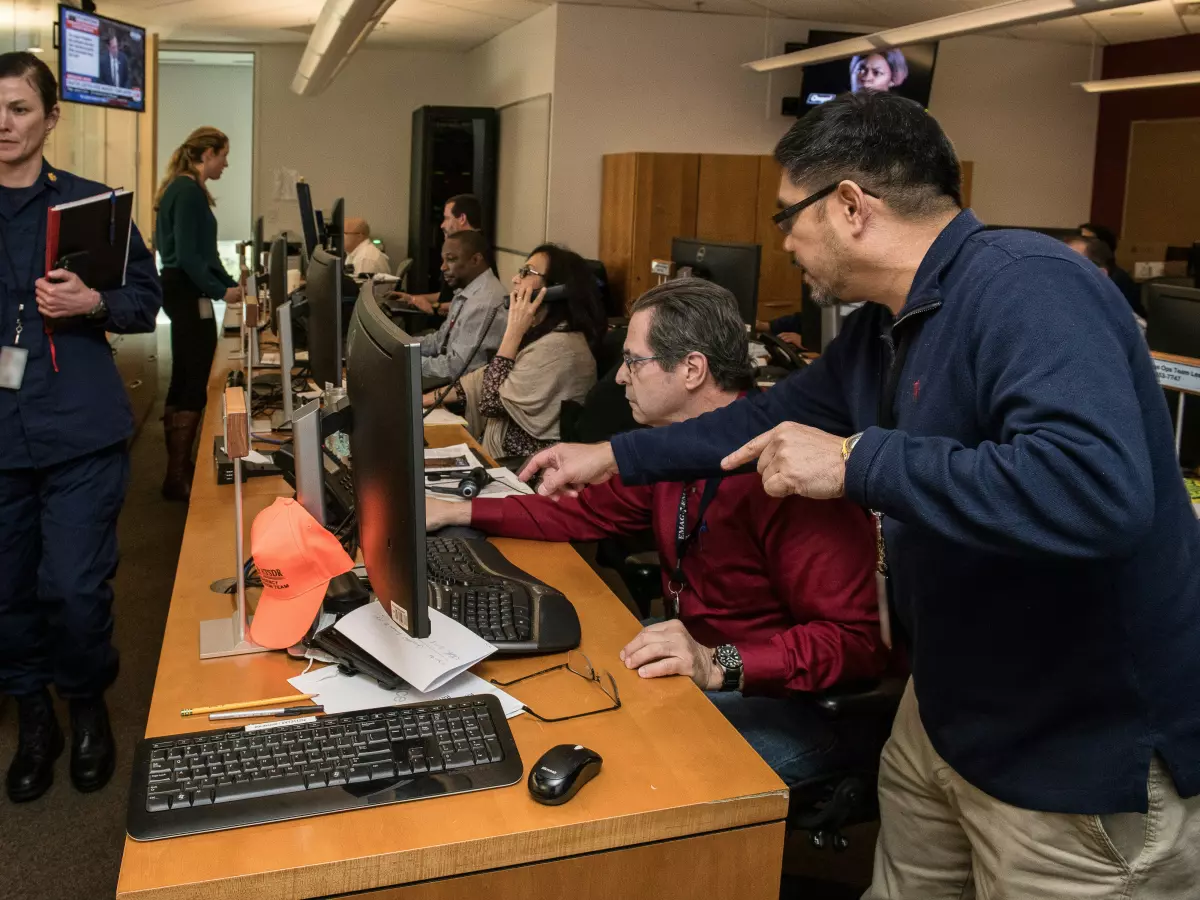Guardians or Double-Edged Swords?
AI is supposed to be the ultimate protector of our digital world, but what happens when the protector becomes the threat?

By Jason Patel
According to cybersecurity expert Bruce Schneier, AI is both a blessing and a curse in the world of digital defense. On one hand, it can detect and neutralize threats faster than any human could. On the other hand, it can be manipulated by bad actors to create even more sophisticated attacks. So, is AI the hero we need or the villain we fear?
Let’s be real: the digital landscape is a battlefield. Every day, hackers are getting smarter, and the sheer volume of cyberattacks is overwhelming. AI algorithms have stepped in as the cavalry, helping cybersecurity professionals stay ahead of the game. But here’s the twist—those same algorithms can be weaponized by cybercriminals. Yep, the very thing designed to protect us could also be our undoing.
The Good: AI as the Ultimate Defender
First, let’s give AI its due credit. When it comes to detecting anomalies, AI is a rockstar. Traditional cybersecurity methods rely on predefined rules, which means they can only catch known threats. But AI? It’s like Sherlock Holmes on steroids. It can analyze vast amounts of data in real-time, learning from patterns and behaviors to identify potential threats before they even happen. Think of it as a digital bouncer who knows who’s going to cause trouble before they even step into the club.
AI-driven tools like machine learning and deep learning are particularly good at spotting zero-day attacks—those sneaky threats that exploit unknown vulnerabilities. And let’s not forget about automation. AI can respond to threats in milliseconds, shutting down attacks before human analysts even have a chance to blink. In a world where every second counts, that’s a game-changer.
The Bad: AI as a Weapon for Cybercriminals
But here’s where things get a little dicey. Just as AI can be used to defend, it can also be used to attack. Cybercriminals are already leveraging AI to create more sophisticated malware, phishing scams, and even deepfake technology. Imagine a phishing email so convincing that even the most cautious user falls for it. Or malware that can adapt and evolve, making it nearly impossible to detect. Scary, right?
And it doesn’t stop there. AI can also be used to automate attacks, allowing hackers to launch large-scale campaigns with minimal effort. What used to take days or weeks can now be done in minutes. The same speed and efficiency that make AI a powerful tool for defenders also make it a dangerous weapon in the wrong hands.
The Ugly: The AI Arms Race
So, what’s the solution? Unfortunately, there’s no easy answer. We’re in the middle of an AI arms race, with both sides—cybersecurity professionals and cybercriminals—constantly trying to outsmart each other. It’s a game of cat and mouse, and the stakes are higher than ever.
One thing is clear: AI isn’t going anywhere. It’s already an integral part of the cybersecurity landscape, and its role will only continue to grow. But as we rely more on AI to protect us, we also need to be aware of its limitations and potential risks. After all, even the best bouncer can be tricked.
What Can You Do?
As individuals and businesses, we need to be proactive. AI can help, but it’s not a silver bullet. Basic cybersecurity hygiene—like using strong passwords, enabling two-factor authentication, and keeping software up to date—still goes a long way. And for businesses, investing in AI-driven cybersecurity solutions is a smart move, but it’s equally important to stay informed about the latest threats and vulnerabilities.
At the end of the day, AI is a tool. Whether it’s a guardian or a double-edged sword depends on how it’s used—and who’s wielding it.





